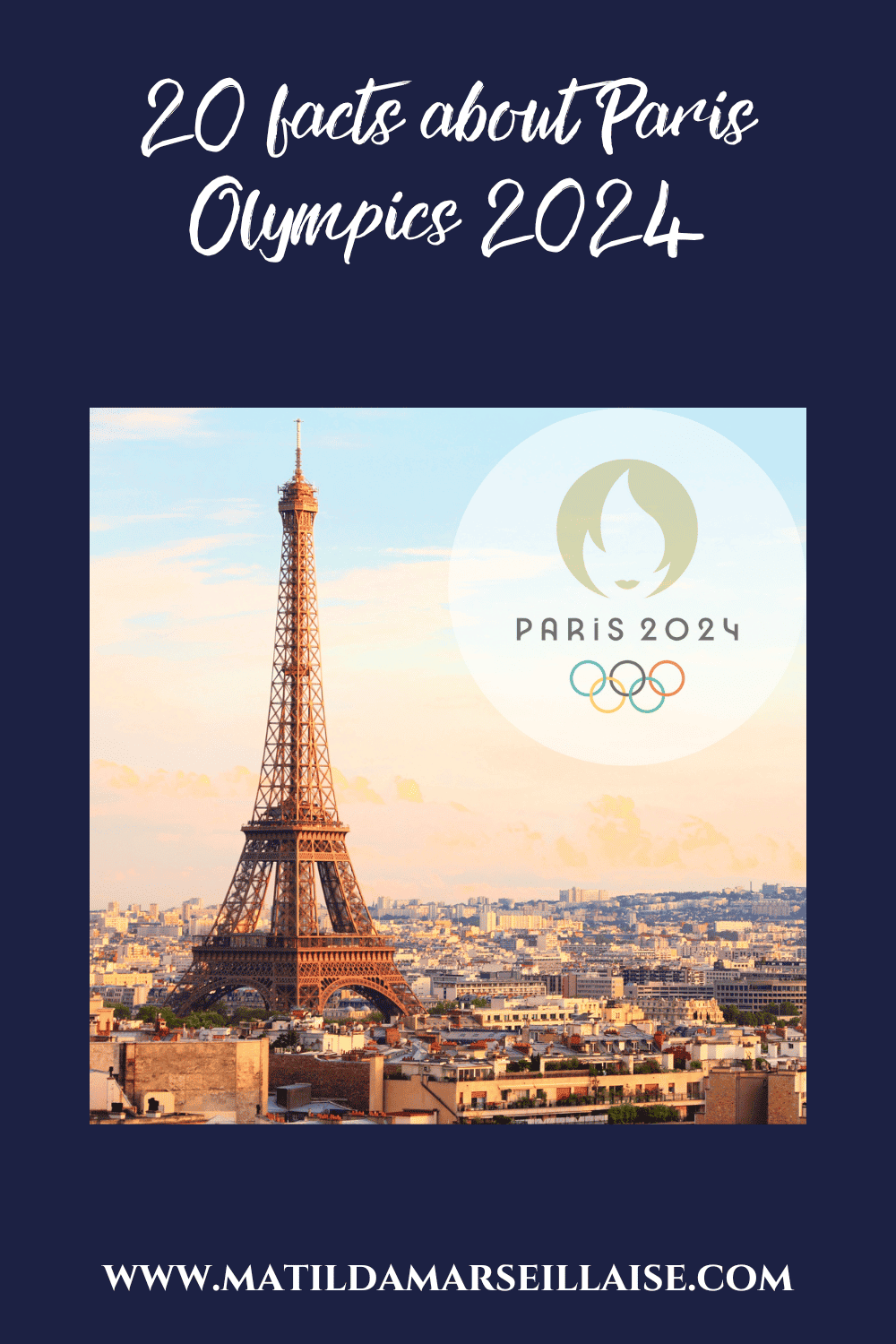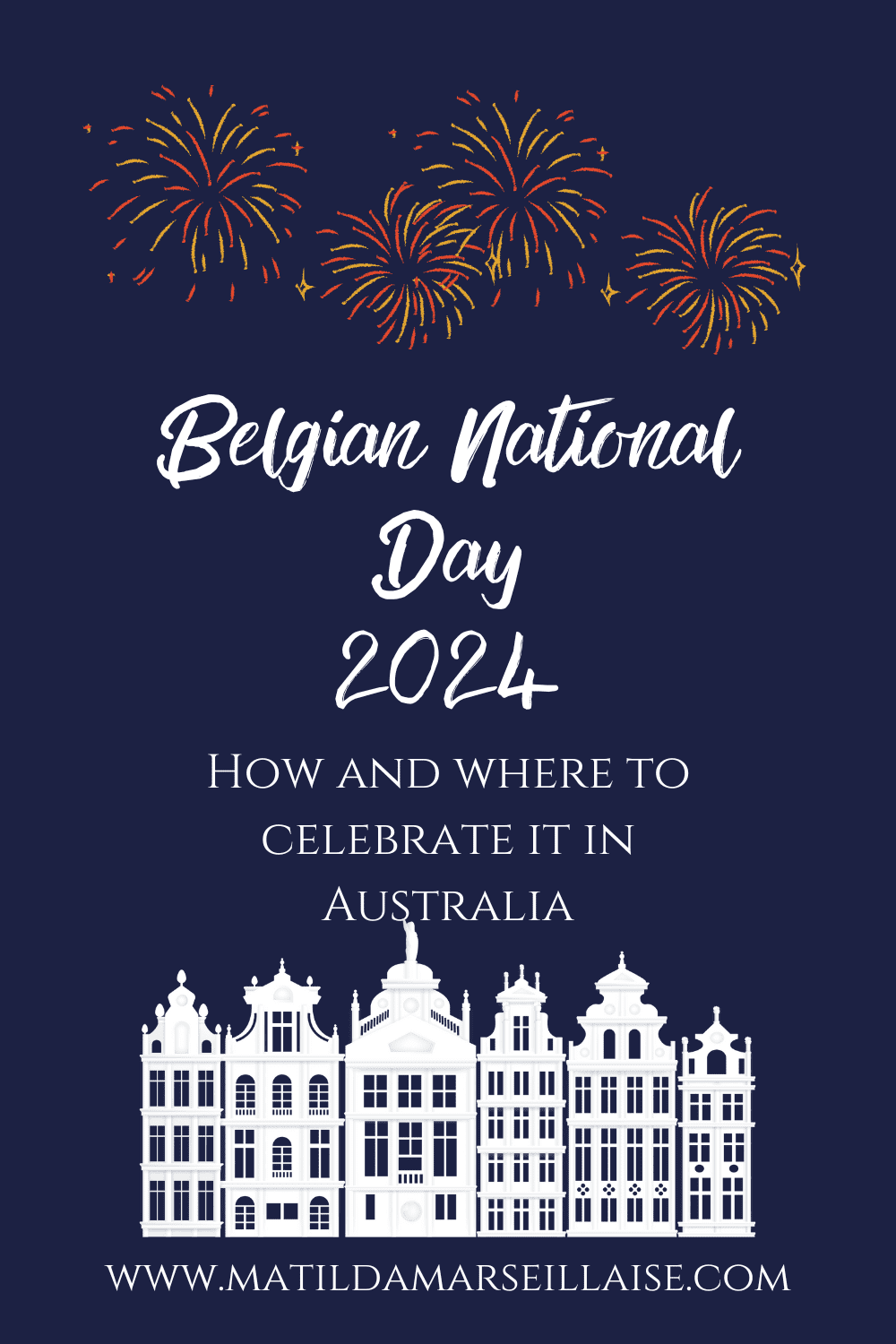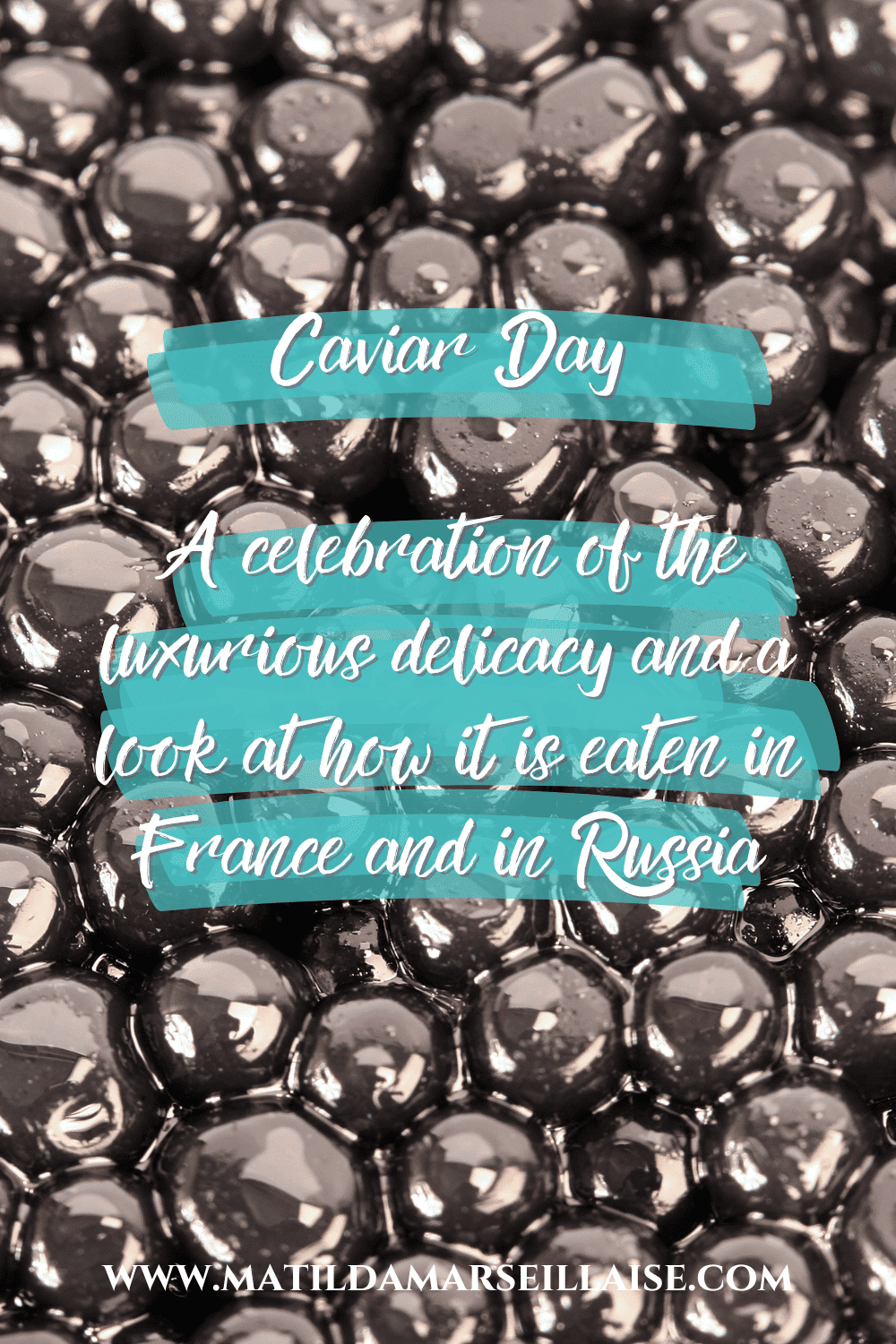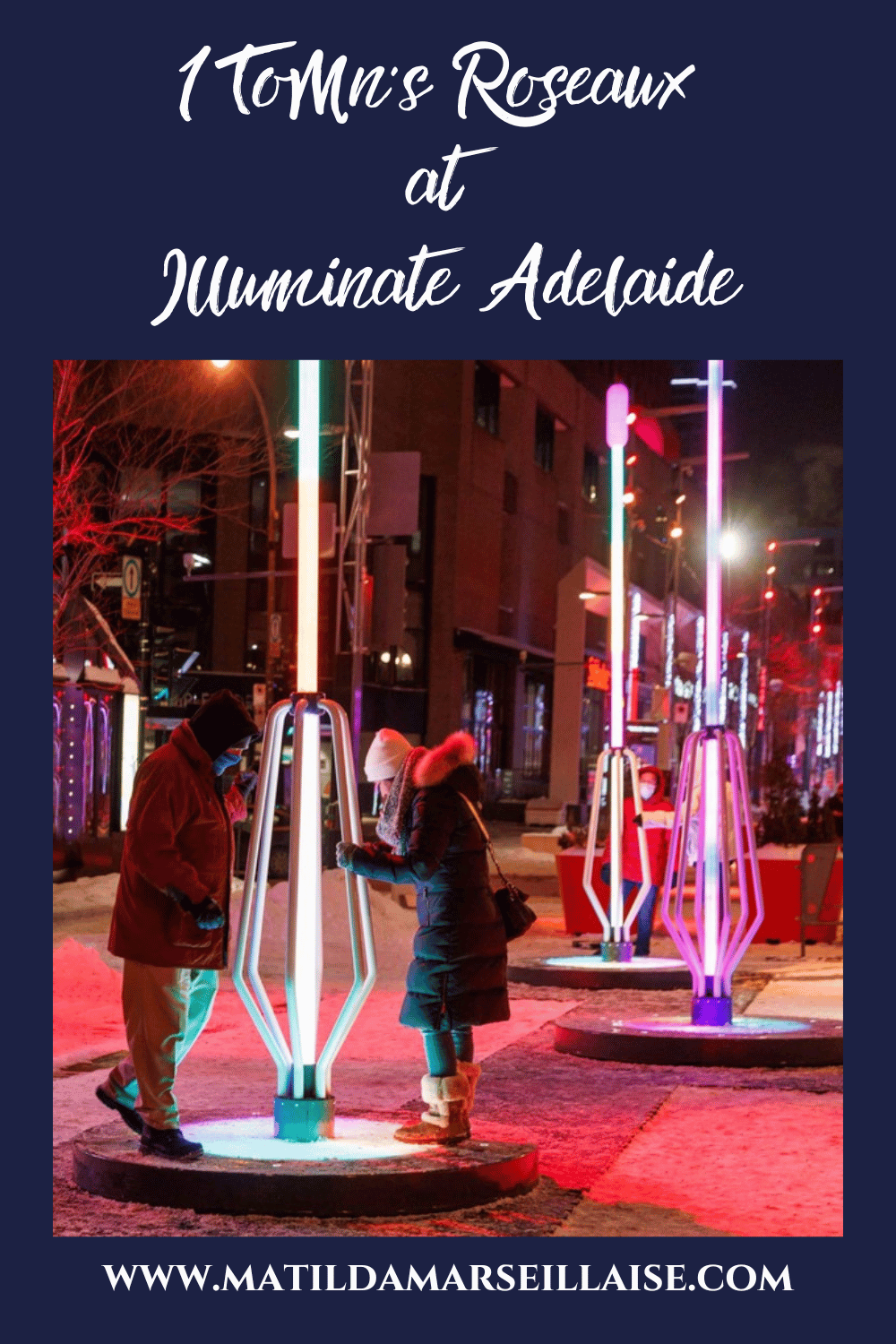French choreographer Anne Nguyen’s Kata wil be performed at the OzAsia Festival in October. It is a show which merges break and martial arts in danced combats.
We had a chat to Anne Nguyen about the show and about break and martial arts influences.

You’re coming to Australia with your show Kata. Tell us about the show.
In Kata, 8 breakers execute martial arts sequences which transform into danced combats. Each break movement takes on a new sense, transforming dancers into true modern samouraïs, who embody a form of spirituality.
Paradoxically, the battles in which they engage reveal themselves as more and more illusionary, making them the last representatives of the absurd warrior ideal in our world.
Kata is a Japanese word that means form and “sequences of movements”. Tell us about this concept has guided the show.
One day, my capoeira master asked me to choose between capoeira and break: I improvised in adding useless or weak forms during combats in my practice.
The need to break the rules and to go beyond efficient and useful movement naturally pushed me towards dance. With Kata, I wanted to trace the reverse path: go from dance made up of apparently useless movements, break, and to find utility in each move, as if each break movement was only a “kata” of combat training.
In Kata, I take apart the centrifugal movements of break and turn them into sequences of isolated moves, and associate them with useful principles in the combat sense, and information to each other.
The eight breakers, both individually or at the heart of perfectly ordinate formations, execute suites of danced movements addressed to imaginary adversaries, or face each other in danced combats. Attacks, blocks, dodges, intriguing and complex combat scenes are designed with the discretion of flux and reflux of the “combattants” on stage, shaping the warrior energy of break.
Where did your interest in b-boy, capoeira, gymnastics and jiu jitsu come from? And since when?
When I was a child, I was quite a tomboy. I preferred playing football with the boys to dancing. I was always attracted to the marital arts, acrobatics… Dance came later for me, and it’s because of break that I discovered the pleasure of clubbing, of sharing with other dancers, the exchange with others in training or in battle, which are condiciito this culture and are so enriching.
You said that you’ve found break is like martial arts. Describe this idea for us.
I have practiced martial arts a lot, Capoeira and Brazilian jiu-jitsu in particular, as well as Viet Vo Dao and Wing Chun.
One of the characteristics of these practices is the rapport with your partner, which involves physical contact. Yet if the contact with the ground is one of the essential principles of break, contact with others is barely harnessed by hip hop dancers, who start by making space around them before dancing in their “vital circle”. Contact with the ground, the relationship with the Earth, is one of the elements that motivated my break practice.
Nevertheless, I missed the contact and rapport with a partner so I decided to stop martial arts and dedicate myself to dance. It’s why I’ve made it one of my principal research areas as well as choreography. I’ve developed technical exercises looking to bring contact into dance movements, inspired by martial arts and mechanical principles. I bring arms, legs and body to bring closer and to know each dynamic and circular manner in a confined space. It’s in going through this process that I created combinations of movement for several dancers.
You have a troupe of multicultural dancers. Where do they come from and where did you find them?
I knew some of the dancers, like Valentine Nagata-Ramos for example, who has already danced in many of my shows. Valentine and I were each the feminine element in two rival break groups in the 2000s, Phase T for me and Fantastik Armada for her. Since then, we have danced and worked together a lot. I recruited 7 other dancers by audition, but I already knew most of them, as we go to the same break battles. All of them live near Paris, which is where the head office of the company is. Some of them are in the same break groups: Total Feeling for Tonio, Jean-Baptiste and Yanis, Chasseurs de Primes for Hugo and
In the show, dancers battle against imaginary adversaries as well as against each other in complex battle scenes. Is this a show about war, battles or is it more general than that?
In Kata, I was looking to sublimate the martial spirit of break. For me, this dance is a real contemporary martial art, it was created by humans to deal with a hostile urban environment which takes it from the animal world and from its relationship with the Earth and transforms bodies by violence of its forms and its constraints.
Fault of enemies to confront, fault of physical accomplishments to live in the framework of daily life, the spirit of combativity which animates the living world finds a fulfilment though break, in response to the oppression that our environment makes us suffer. It’s a spontaneous movement of resistance of the living, a form of discipline and ritual, which permits the dancer to reconnect with profound instincts, such as those of the conquest of physical strength and of territory.
Who is the show Kata for?
Kata is for everyone. Young and old can project themselves into the show’s universe. I see dance as an extraordinary universal art form. It brings us all together and transcends cultures to speak about our profound humanity. It’s an ancestral method of representation of the abstract, of the conscience.
Before being a choreographer, you were a dancer. Do you still dance often in your own shows?
Before creating my own company, I danced with legendary break groups like RedMask in Montréal as well as Phase T, Def Dogz and Créteil Style in France. With them but also solo, I participated in hundreds of battles, won IBE 2004, BOTY 2005, I judged BOTY 2006 and the Red Bull BC One in 2007. The documentary film Planet B-Boy (2007) shows the period during which I conciliated numerous battles with the development of my own company and my career as an interpreter for contemporary and hip-hop companies, like the famous Black Blanc Beur.
I dance in some of my own shows: Racine Carrée, Yonder Woman, Autarcie (….), and more recently in Axis Mundi, commissioned by the Festival d’Avignon and the SACD (SACD, Société des Auteurs et Compositeurs Dramatiques (Society of Actors and Dramatic Composers)): it’s a duo that I co-created in July 2019 with the puppeteer and plastician Elise Vigneron.
Have you always wanted to work in dance?
When I was very young, I competed in gymnastics competitions and then I started various martial arts like Viet Vo Dao, capoeira and Brazilian jiu-jitsu. Fascinated by science, I was destined to have a career in physics, but I abandoned that idea when I discovered the world of break and of dance in general, the values of which reflect my desire for emancipation.
Where do you find inspiration for your shows?
Racine Carrée, Yonder Woman, PROMENADE OBLIGATOIRE, bal.exe, Autarcie (….), Kata… The titles of my shows evoke multiple influences: maths and martial arts but also utopias and myths. I also studied in the fields of physics, linguistics and literature. I’m interested in gestures as symbols, as the body as an object of advocacy, as movement as a primal need, of the stage as a space of privileged sharing. I construct symbolic spaces where strong, liberating and frenetic dance becomes a magical ritual destined to make us reinvest in the present.
In my shows, dance itself is the subject. I don’t dissociate the technical excellence of corporal expression, of the intention which is conveyed by the dancer. As long as the body otherwise exists, new openings offer themselves to movement: new directions, new rhythms, new ways of constructing them, new ways to project the energy… The parameters which interest me for the creation of a rich sensual situation are very concrete.
For me, everything emanates from the gesture, the posture of the body, its position in space and in relation to others. And hip-hop dance is a true sea of postures, of principles and of energies which overflow the senses. While being very attached to the excellence of execution, I refuse all forms of dance “academism”: I like to develop and showcase the individualities and specificities of each dancer. My research consists of knitting the bonds between movements and the spaces inhabited by the bodies, through technical constraints or through acting.
You’re Franco-Vietnamien. Have you spent time in both countries?
I was born in France and I have always lived here. I studied for a year at McGill University, in Montréal. I went to Vietnam for the first time for the South-East Asian tour of the show Autarcie (….) in 2016. I will have the pleasure of going back there in Novembre 2019 for Danse des guerriers de la ville, my journey of interactive, participatory and immersive installations around hip-hop dance. I will then stay on for a while to enjoy the country.
When you come to Australia for the OzAsia Festival, will it be your first time in Australia?
I’ve already been to Australia twice in 2014, to advise my choreographer friend Nick Power on his creation Cypher. At this time, I was also able to give masterclasses, notably at the Dancehouse in Melbourne and to get to know Australian dancers. It was a very enriching experience and I have kept in contact with some of them.
Unfortunately, I cannot accompany the dancers from Kata to the OzAsia Festival as the performances fall at the same time as the premieres of my new show À mon bel amour in France. I’m very sad as I really like Australia, its multiculturalism and its abundant and monumental nature. I hope to come back soon!
Anything else you’d like to add?
I am very happy that Kata is going to be performed in Australia, and honored by the confidence of OzAsia Festival and of Joseph Mitchell with whom we have a very good feeling. I hope that we will have another chance to perform a show in Adelaide so that I can come and discover the festival and meet the audience!
Interview with Anne Nguyen re Kata
You’re coming to Australia with your show Kata. Tell us about the show.
In Kata, 8 breakers execute martial arts sequences which transform into danced combats. Each break movement takes on a new sense, transforming dancers into true modern samouraïs, who embody a form of spirituality.
Paradoxically, the battles in which they engage reveal themselves as more and more illusionary, making them the last representatives of the absurd warrior ideal in our world.
Kata is a Japanese word that means form and “sequences of movements”. Tell us about this concept has guided the show.
One day, my capoeira master asked me to choose between capoeira and break: I improvised in adding useless or weak forms during combats in my practice.
The need to break the rules and to go beyond efficient and useful movement naturally pushed me towards dance. With Kata, I wanted to trace the reverse path: go from dance made up of apparently useless movements, break, and to find utility in each move, as if each break movement was only a “kata” of combat training.
In Kata, I take apart the centrifugal movements of break and turn them into sequences of isolated moves, and associate them with useful principles in the combat sense, and information to each other.
The eight breakers, both individually or at the heart of perfectly ordinate formations, execute suites of danced movements addressed to imaginary adversaries, or face each other in danced combats. Attacks, blocks, dodges, intriguing and complex combat scenes are designed with the discretion of flux and reflux of the “combattants” on stage, shaping the warrior energy of break.
Where did your interest in b-boy, capoeira, gymnastics and jiu jitsu come from? And since when?
When I was a child, I was quite a tomboy. I preferred playing football with the boys to dancing. I was always attracted to the marital arts, acrobatics… Dance came later for me, and it’s because of break that I discovered the pleasure of clubbing, of sharing with other dancers, the exchange with others in training or in battle, which are condiciito this culture and are so enriching.
You said that you’ve found break is like martial arts. Describe this idea for us.
I have practiced martial arts a lot, Capoeira and Brazilian jiu-jitsu in particular, as well as Viet Vo Dao and Wing Chun.
One of the characteristics of these practices is the rapport with your partner, which involves physical contact. Yet if the contact with the ground is one of the essential principles of break, contact with others is barely harnessed by hip hop dancers, who start by making space around them before dancing in their “vital circle”. Contact with the ground, the relationship with the Earth, is one of the elements that motivated my break practice.
Nevertheless, I missed the contact and rapport with a partner so I decided to stop martial arts and dedicate myself to dance. It’s why I’ve made it one of my principal research areas as well as choreography. I’ve developed technical exercises looking to bring contact into dance movements, inspired by martial arts and mechanical principles. I bring arms, legs and body to bring closer and to know each dynamic and circular manner in a confined space. It’s in going through this process that I created combinations of movement for several dancers.
You have a troupe of multicultural dancers. Where do they come from and where did you find them?
I knew some of the dancers, like Valentine Nagata-Ramos for example, who has already danced in many of my shows. Valentine and I were each the feminine element in two rival break groups in the 2000s, Phase T for me and Fantastik Armada for her. Since then, we have danced and worked together a lot. I recruited 7 other dancers by audition, but I already knew most of them, as we go to the same break battles. All of them live near Paris, which is where the head office of the company is. Some of them are in the same break groups: Total Feeling for Tonio, Jean-Baptiste and Yanis, Chasseurs de Primes for Hugo and Fabrice.
In the show, dancers battle against imaginary adversaries as well as against each other in complex battle scenes. Is this a show about war, battles or is it more general than that?
In Kata, I was looking to sublimate the martial spirit of break. For me, this dance is a real contemporary martial art, it was created by humans to deal with a hostile urban environment which takes it from the animal world and from its relationship with the Earth and transforms bodies by violence of its forms and its constraints.
Fault of enemies to confront, fault of physical accomplishments to live in the framework of daily life, the spirit of combativity which animates the living world finds a fulfilment though break, in response to the oppression that our environment makes us suffer. It’s a spontaneous movement of resistance of the living, a form of discipline and ritual, which permits the dancer to reconnect with profound instincts, such as those of the conquest of physical strength and of territory.
Who is the show Kata for?
Kata is for everyone. Young and old can project themselves into the show’s universe. I see dance as an extraordinary universal art form. It brings us all together and transcends cultures to speak about our profound humanity. It’s an ancestral method of representation of the abstract, of the conscience.
Before being a choreographer, you were a dancer. Do you still dance often in your own shows?
Before creating my own company, I danced with legendary break groups like RedMask in Montréal as well as Phase T, Def Dogz and Créteil Style in France. With them but also solo, I participated in hundreds of battles, won IBE 2004, BOTY 2005, I judged BOTY 2006 and the Red Bull BC One in 2007. The documentary film Planet B-Boy (2007) shows the period during which I conciliated numerous battles with the development of my own company and my career as an interpreter for contemporary and hip-hop companies, like the famous Black Blanc Beur.
I dance in some of my own shows: Racine Carrée, Yonder Woman, Autarcie (….), and more recently in Axis Mundi, commissioned by the Festival d’Avignon and the SACD (SACD, Société des Auteurs et Compositeurs Dramatiques (Society of Actors and Dramatic Composers)): it’s a duo that I co-created in July 2019 with the puppeteer and plastician Elise Vigneron.
Have you always wanted to work in dance?
When I was very young, I competed in gymnastics competitions and then I started various martial arts like Viet Vo Dao, capoeira and Brazilian jiu-jitsu. Fascinated by science, I was destined to have a career in physics, but I abandoned that idea when I discovered the world of break and of dance in general, the values of which reflect my desire for emancipation.
Where do you find inspiration for your shows?
Racine Carrée, Yonder Woman, PROMENADE OBLIGATOIRE, bal.exe, Autarcie (….), Kata… The titles of my shows evoke multiple influences: maths and martial arts but also utopias and myths. I also studied in the fields of physics, linguistics and literature. I’m interested in gestures as symbols, as the body as an object of advocacy, as movement as a primal need, of the stage as a space of privileged sharing. I construct symbolic spaces where strong, liberating and frenetic dance becomes a magical ritual destined to make us reinvest in the present.
In my shows, dance itself is the subject. I don’t dissociate the technical excellence of corporal expression, of the intention which is conveyed by the dancer. As long as the body otherwise exists, new openings offer themselves to movement: new directions, new rhythms, new ways of constructing them, new ways to project the energy… The parameters which interest me for the creation of a rich sensual situation are very concrete. For me, everything emanates from the gesture, the posture of the body, its position in space and in relation to others. And hip-hop dance is a true sea of postures, of principles and of energies which overflow the senses. While being very attached to the excellence of execution, I refuse all forms of dance “academism”: I like to develop and showcase the individualities and specificities of each dancer. My research consists of knitting the bonds between movements and the spaces inhabited by the bodies, through technical constraints or through acting.
You’re Franco-Vietnamien. Have you spent time in both countries?
I was born in France and I have always lived here. I studied for a year at McGill University, in Montréal. I went to Vietnam for the first time for the South-East Asian tour of the show Autarcie (….) in 2016. I will have the pleasure of going back there in Novembre 2019 for Danse des guerriers de la ville, my journey of interactive, participatory and immersive installations around hip-hop dance. I will then stay on for a while to enjoy the country.
When you come to Australia for the OzAsia Festival, will it be your first time in Australia?
I’ve already been to Australia twice in 2014, to advise my choreographer friend Nick Power on his creation Cypher. At this time, I was also able to give masterclasses, notably at the Dancehouse in Melbourne and to get to know Australian dancers. It was a very enriching experience and I have kept in contact with some of them.
Unfortunately, I cannot accompany the dancers from Kata to the OzAsia Festival as the performances fall at the same time as the premieres of my new show À mon bel amour in France. I’m very sad as I really like Australia, its multiculturalism and its abundant and monumental nature. I hope to come back soon!
Anything else you’d like to add?
I am very happy that Kata is going to be performed in Australia, and honored by the confidence of OzAsia Festival and of Joseph Mitchell with whom we have a very good feeling. I hope that we will have another chance to perform a show in Adelaide so that I can come and discover the festival and meet the audience!
INFORMATION AND TICKETS
Anne Nguyen’s Kata will be performed at OzAsia Festival in Adelaide only for three shows: 11am and 7:30pm on 17 October and 7:30pm on 18 October. Adult tickets cost $45.
Tickets are available via this link: https://www.ozasiafestival.com.au/events/kata/
Do you like break?
You may also like to read our interviews with:
- Valentine Nagata-Ramos who is performing in Kata and will also lead a French hip-hop masterclass at OzAsia festival;
- Aurélie Lannoy re LIES
- Hadi Zeidan about his OzAsia festival shows highlighting Lebanese music






